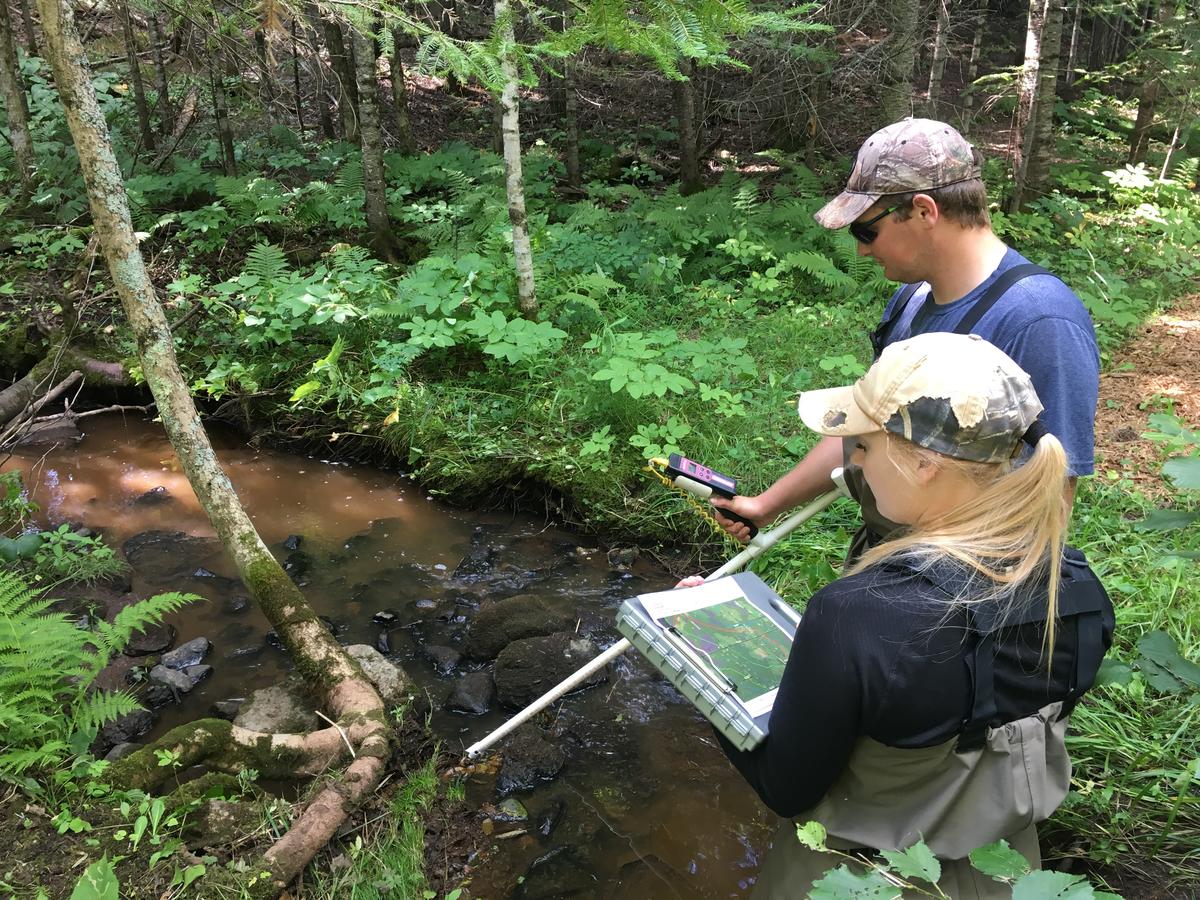NRRI collaborated with Trout Unlimited for volunteers who, along with NRRI technicians, set about searching for cool groundwater inputs in about 120 stream segments from south of Duluth, up the north shore and to the Canadian border.
Groundwater locations were mapped and correlated with each location’s geology, creating a computer model to predict where to look for more cool groundwater. Management agencies can then target trout habitat restoration and protection efforts on locations where groundwater helps keep streams cool during hot summers.
Results so far show that 83 stream segments contained cool water locations and that the computer model was accurate in predicting where to look for other groundwater locations. The Minnesota Department of Natural Resources considers warming water to be the greatest threat to trout and steelhead fisheries. Streams with more cold water refuges will protect populations as temperatures rise.
